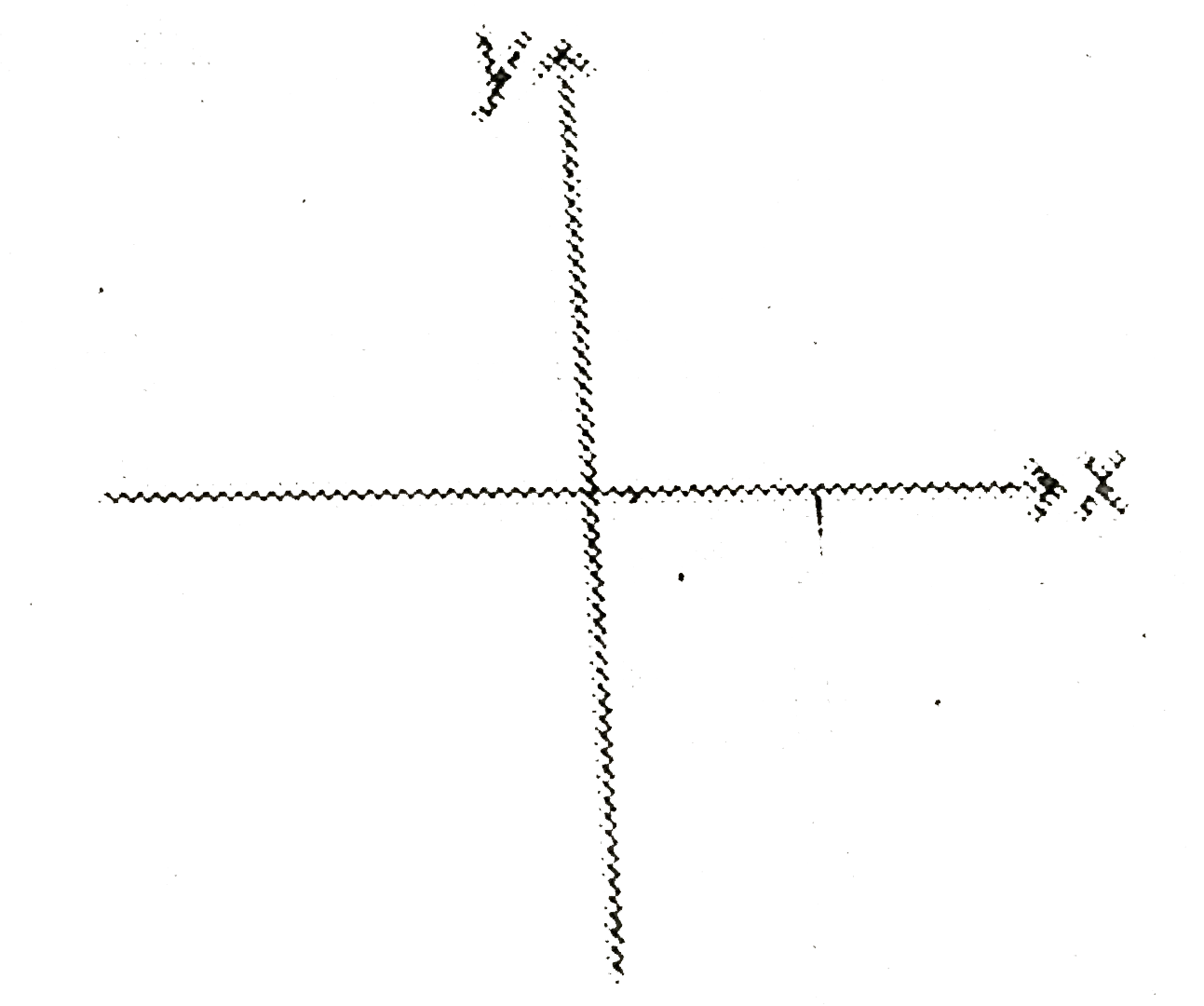The displacement of a particle is represented by the equation y=3cos(π4−2ωt).
The motion of the particle is
A
simple harmonic with period 2πω
B
simple harmonic with period 2πω
C
periodic but not simplee harmonic
D
non-periodic.
Video Solution
Text Solution
The correct Answer is:B
Given: y=3cos(π4−2ωt)
y=3cos[−(2ωt−π4)]=3cos(2ωt−π4) [∵cos(−θ)=cosθ]
It represents simple harmonic motion with time period T=2π2ω=πω.
|
Topper's Solved these Questions
- OSCILLATIONS BOOK - NCERT FINGERTIPSCHAPTER - OSCILLATIONS EXERCISE - Exemplar Problems
1 Videos
- OSCILLATIONS BOOK - NCERT FINGERTIPSCHAPTER - OSCILLATIONS EXERCISE - Assertion And Reason
15 Videos
- OSCILLATIONS BOOK - NCERT FINGERTIPSCHAPTER - OSCILLATIONS EXERCISE - Higher Order Thinking Skills
8 Videos
- MOTION IN A STRAIGHT LINEBOOK - NCERT FINGERTIPSCHAPTER - MOTION IN A STRAIGHT LINEEXERCISE - Assertion And Reason
15 Videos
- PHYSICAL WORLDBOOK - NCERT FINGERTIPSCHAPTER - PHYSICAL WORLDEXERCISE - Assertion And Reason
10 Videos
Similar Questions
Knowledge Check
The displacement of a particle is represented by the equation y=3cos(π4−2ωt).
The motion of the particle isAsimple harmonic with period 2π/ωBsimple harmonic with period π/ωCperiodic but not simple harmonicDnon-periodThe displacemtn of a particle is represented by the equation y=3cos(π4−2ωt).
The motion of the particle isAsimple harmonic with period 2π/ωBsimple harmonic with periodπ/ωCperiodic but not simple harmonicDnon-periodicThe displacement of a particle is represented by the equation y=sin3ωt. The motion is
Anon-periodicBperiodic but not simple harmonicCsimple harmonic with period 2π/ωDsimple harmonic with period pπ/ω
The displacement of a particle is represented by the equation
y=0.4{cos2(πt2)−sin2(πt2)}metre
The motion of the particle is
View SolutionA particle move along y-axis according to equation y+3+4cosωt. The motion of the particle is
View SolutionThe displacement of a particle is given by x=cos2ωt. The motion is
View Solutionparticle is executing the motion x=Acos(ωt−θ) The maximum velocity of the particle is
View SolutionA xandy co-ordinates of a particle are x=Asin(ωt)andy=Asin(ωt+π/2). Then, the motion of the particle is

View Solution
